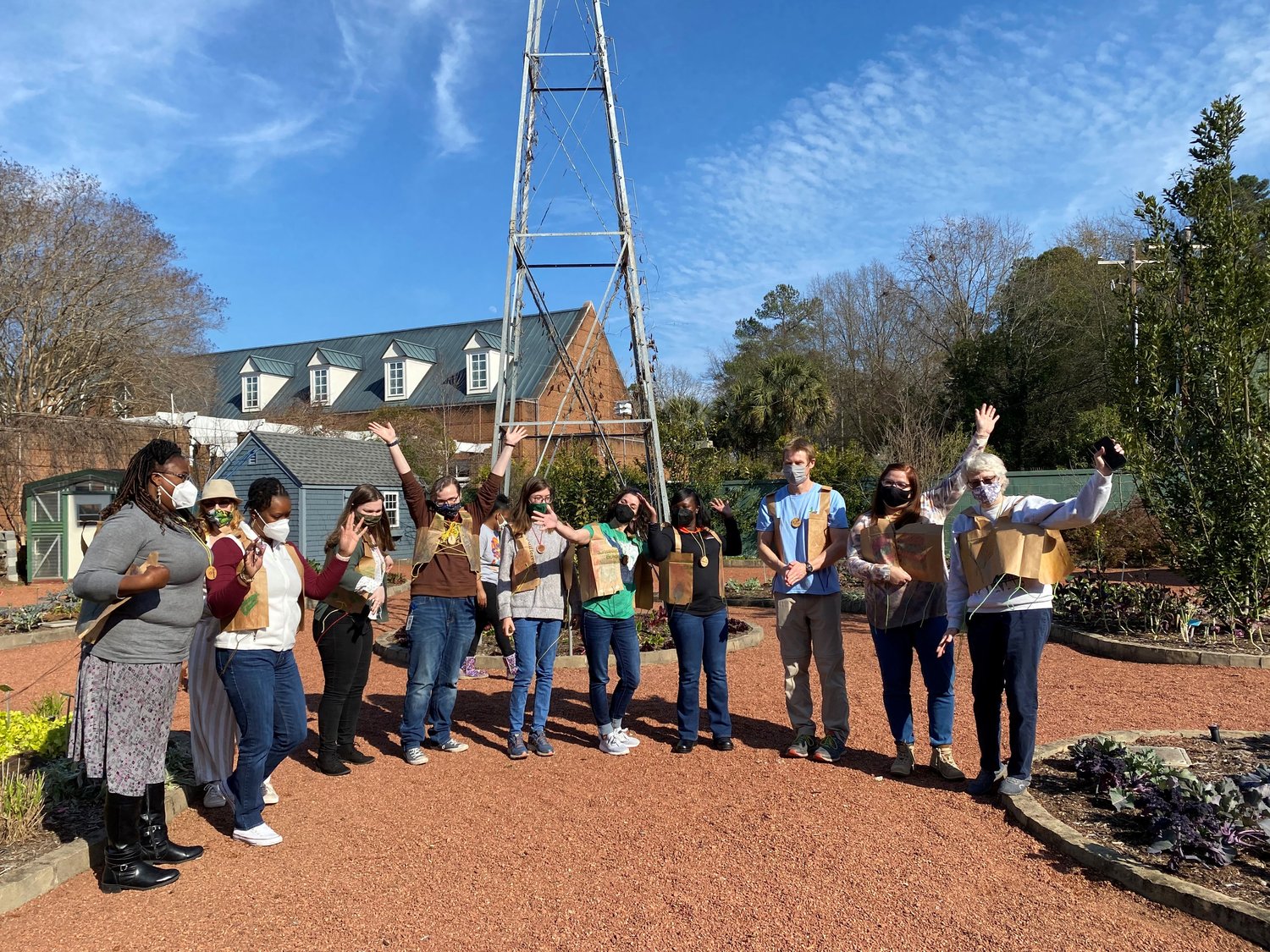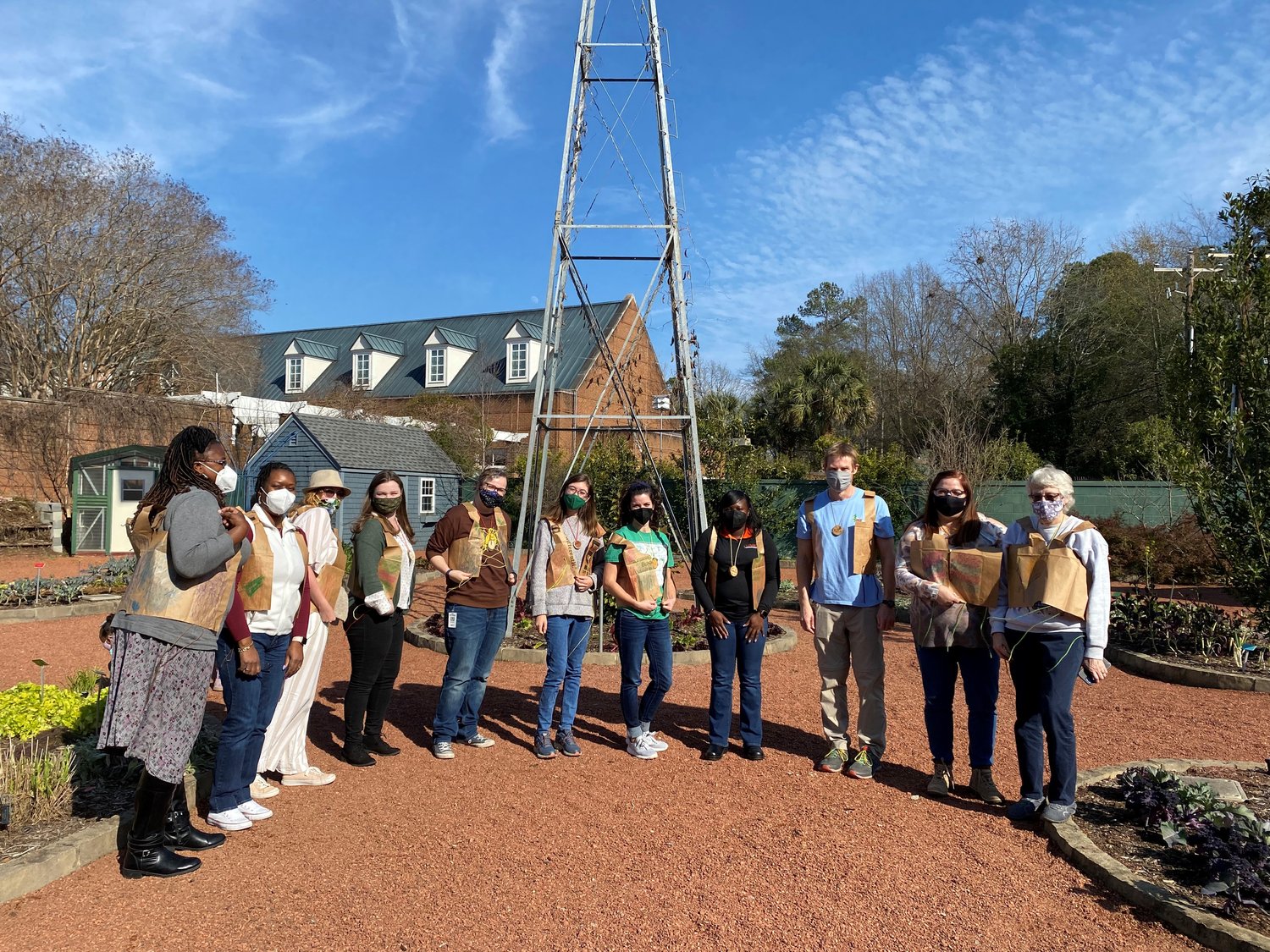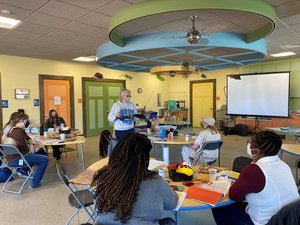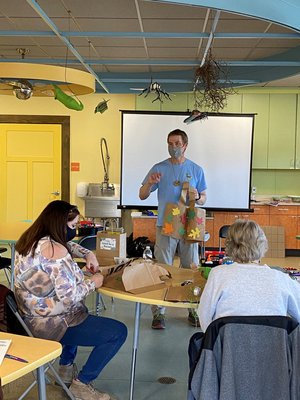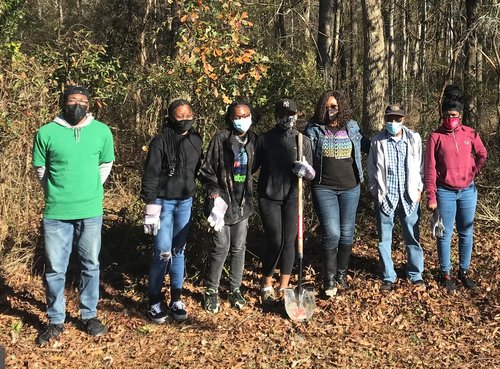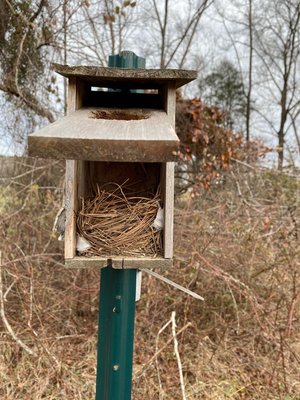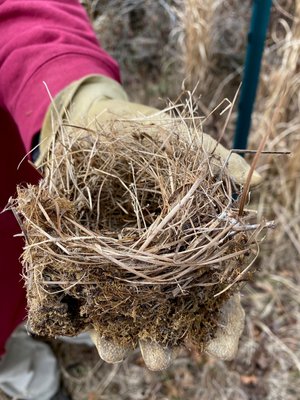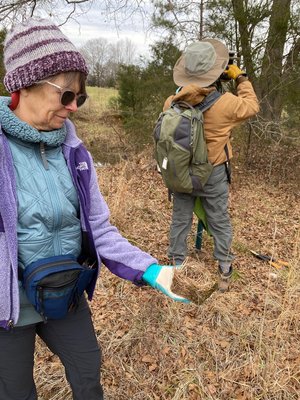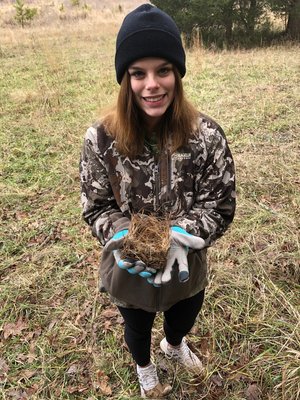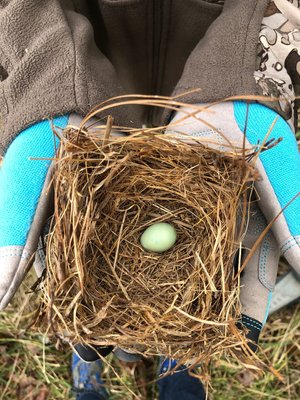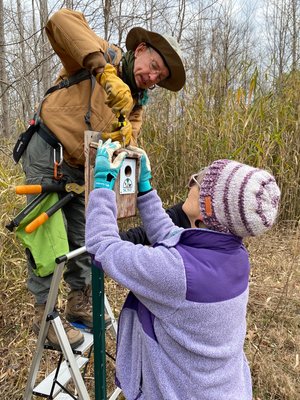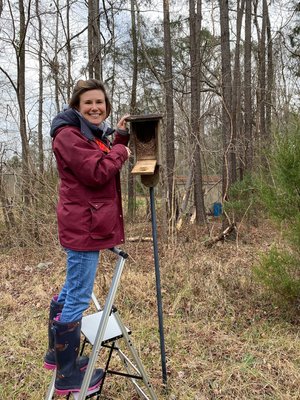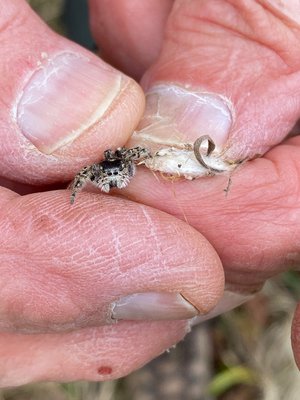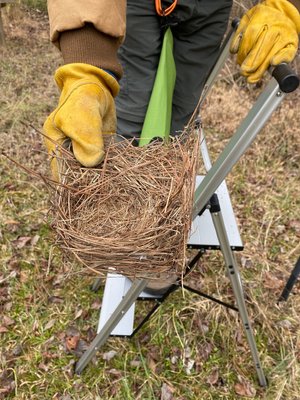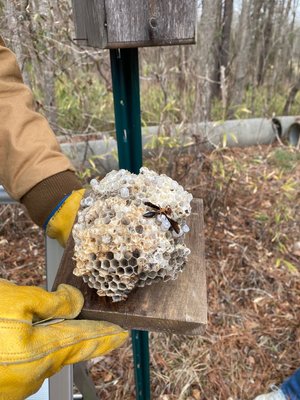Thanks to all of the bird lovers that joined us for this winter’s Palmetto Pro-Birder walk at Bear Island WMA! Thanks also to Jessica Kinsella, Stewardship Coordinator for ACE Basin, which is managed in partnership with SC DNR, for teaching us about the property and showing us how a rice trunk works! We viewed 85 species total, including a Black Skimmer that was chasing Tundra Swans and ducks.
We also viewed trees filled with dozens of Roseate Spoonbills, and saw a cute little rail called a Sora weaving in and out of the marsh grass. SCWF loves sharing special places like this with you, and we hope to see you at our next nature adventure!
Here is the list of the 85 species we saw and/or heard!
- Tundra Swan
- Gadwall
- Wood Duck
- Blue-winged Teal
- Green-winged Teal
- Northern Pintail (photos of a high-flying flock captured by Zach)
- Mottled Duck
- Northern Shoveler
- Bufflehead
- Hooded Merganser
- Pied Billed Grebe
- Sora
- American Avocet (one seen flying in and then landing in the far end of Mary’s Pond)
- Common Gallinule
- American Coot
- Bonaparte’s Gull
- Ring-billed Gull (two flyover birds at Bear Island)
- Forster’s Tern
- Caspian Tern
- Black Skimmer
- Double-crested Cormorant
- Anhinga
- Green Heron
- Great Blue Heron
- Little Blue Heron
- Tri-colored Heron
- Snowy Egret
- Great Egret
- Black-crowned Night Heron
- White Ibis
- Glossy Ibis
- Wood Stork
- American White Pelican
- Roseate Spoonbill
- Greater Yellowlegs
- Lesser Yellowlegs
- Killdeer
- Mourning Dove
- Eurasion Collared Dove
- Turkey Vulture
- Black Vulture
- Northern Harrier
- Red-tailed Hawk
- Red-shouldered Hawk
- Bald Eagle
- Barn Owl(In the nesting box on Bear Island)
- Belted Kingfisher
- Fish Crow
- American Crow
- Blue Jay
- Yellow-bellied Sapsucker
- Red-headed Woodpecker
- Red-bellied Woodpecker
- Pileated Woodpecker
- Downy Woodpecker
- Northern Flicker
- Red-cockaded Woodpecker
- Carolina Chickadee
- Tufted Titmouse
- Tree Swallow
- Ruby-crowned Kinglet
- Carolina Wren
- Marsh Wren
- Eastern Bluebird
- American Robin
- Swamp Sparrow
- Song Sparrow
- Chipping Sparrow
- Eastern Towhee
- Red-winged Blackbird
- Common Grackle
- Boat-tailed Grackle
- Eastern Phoebe
- White-breasted Nuthatch
- Brown-headed Nuthatch
- Northern Mockingbird
- Gray Catbird
- Eastern Meadowlark
- Blue-gray gnatcatcher
- White-eyed Vireo
- Northern Cardinal
- Pine Warbler
- Palm Warbler
- Common Yellowthroat (A cute warbler that we heard at both places).
- Yellow-rumped Warbler

